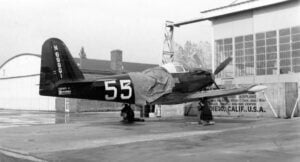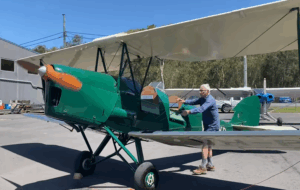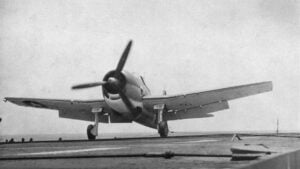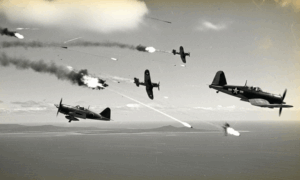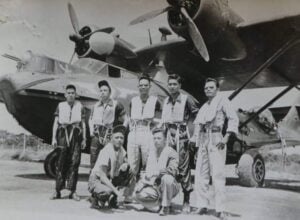4 German Fighters So Unpopular, Pilots Refused Them
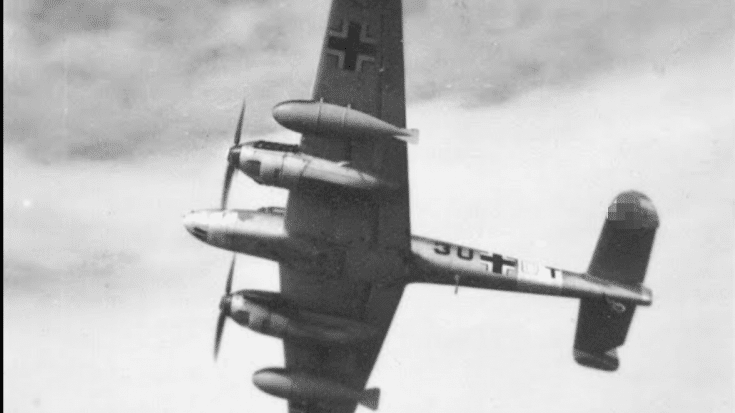
Mark Seven / YouTube
In World War II, German aircraft engineers produced many notable designs, but not every fighter was welcomed by the pilots assigned to fly them. Some models suffered from mechanical issues, while others were simply challenging to control. These design flaws made certain planes so unpopular that pilots openly resisted flying them. Below are four of the most disliked German fighters of WWII and the reasons why their pilots struggled to accept them.
1. Messerschmitt Bf 110
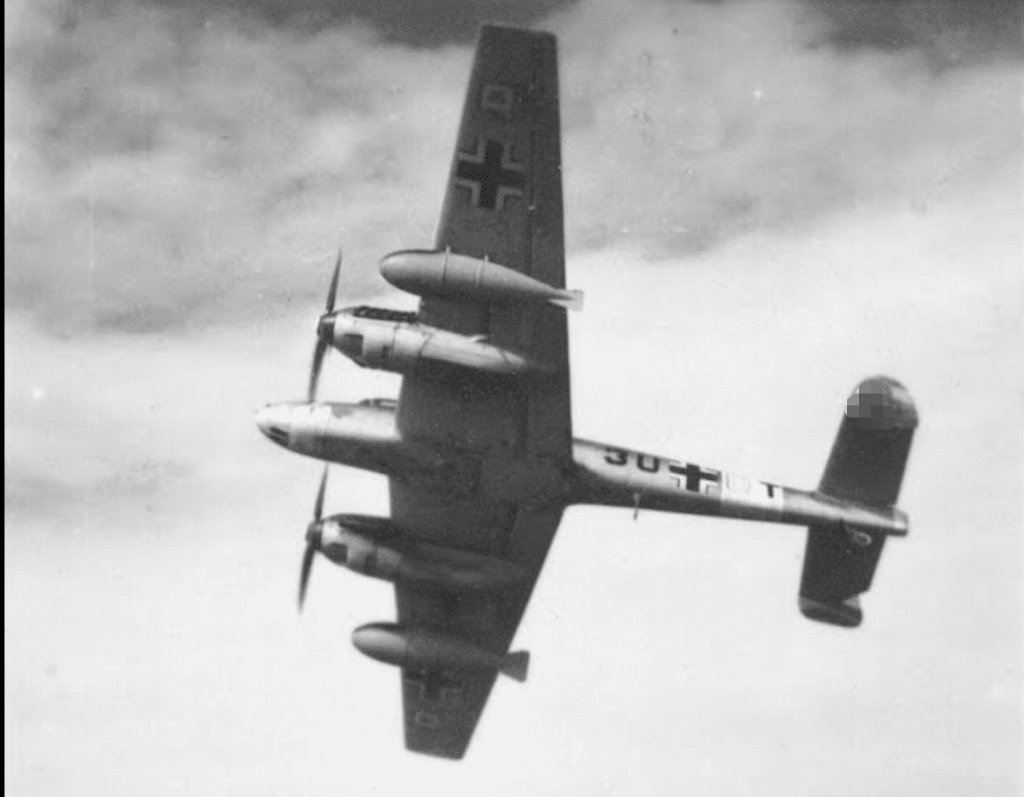
The Messerschmitt Bf 110 was initially conceived as a “heavy fighter,” designed to carry more firepower and fuel than a standard single-engine plane. While it showed some promise in the early years of the war, its limitations soon became apparent. By 1940, during the Battle of Britain, the Bf 110 struggled against the more agile British Spitfires and Hurricanes. Its size and weight made it slower and less maneuverable than other fighters, leaving it vulnerable in dogfights.
Pilots were frustrated with the Bf 110’s lack of speed and agility, which made it difficult to evade enemy fighters. Though equipped with heavy armaments, the Bf 110’s firepower couldn’t make up for its other weaknesses. As the war continued, pilots were reluctant to fly the Bf 110 unless absolutely necessary, and the aircraft was eventually reassigned to night fighter and ground-attack roles. In these new roles, it performed somewhat better, but it remained unpopular among pilots who had to rely on it in direct combat.
2. Heinkel He 177 Greif
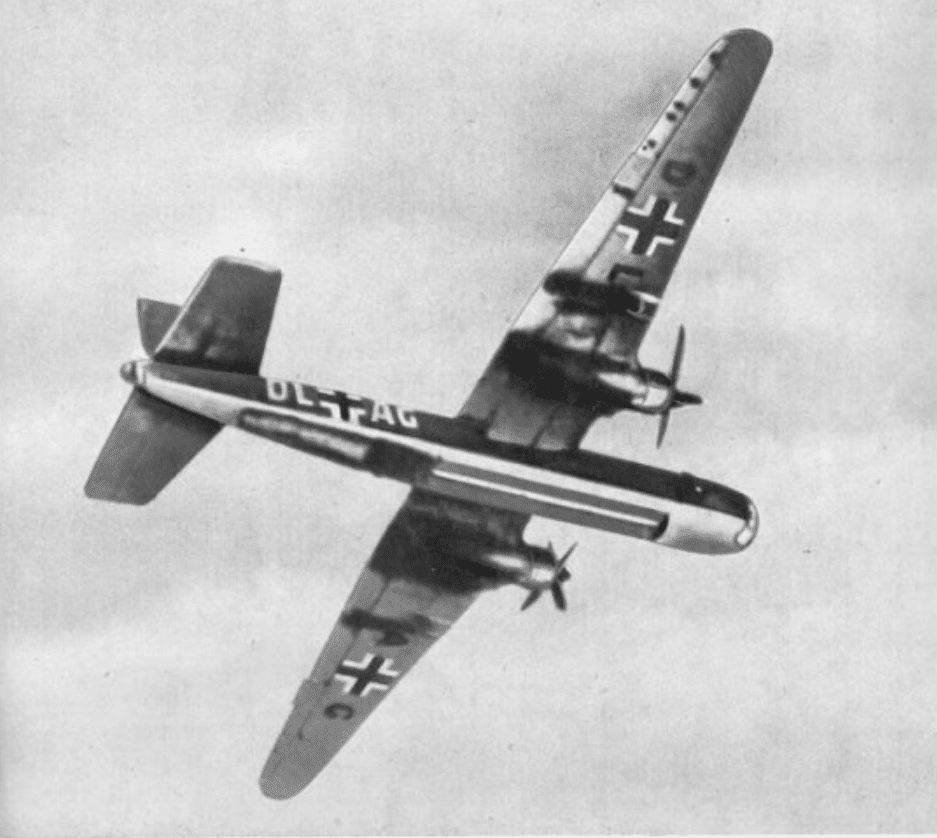
The Heinkel He 177 Greif was Germany’s attempt to create a long-range bomber capable of strategic strikes, but it came with several problematic design elements that caused pilots to avoid it whenever possible. The He 177 had a unique “coupled” engine design, in which two engines were merged into a single propeller. This setup was meant to provide more power without adding to the aircraft’s size, but it led to frequent engine fires and mechanical issues.
Pilots and crews were particularly wary of the He 177 because of its reputation for catching fire mid-flight. Even when the plane wasn’t dealing with engine problems, it was challenging to fly due to its size and complex control systems. Despite its intended role as a high-capacity bomber, the He 177 was rarely used in its strategic capacity because of its reliability issues. Pilots and crew members actively avoided this model, and its poor performance led to a limited role in the air war.
3. Messerschmitt Me 210
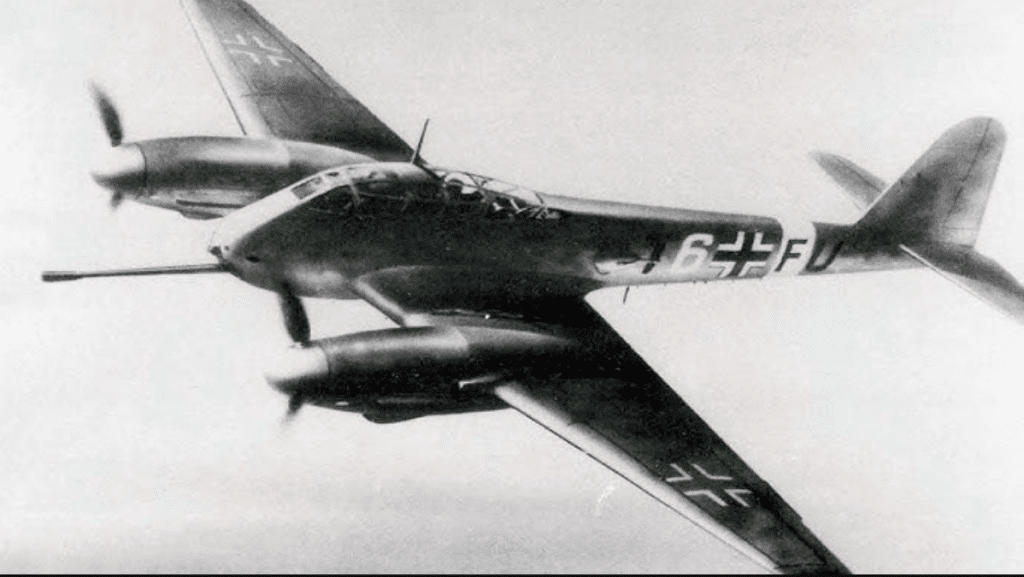
The Messerschmitt Me 210 was intended as the successor to the Bf 110, with a similar heavy fighter concept but improved speed and maneuverability. However, the Me 210 quickly became notorious for its poor handling characteristics. It had a tendency to stall unexpectedly, especially during takeoff and landing, leading to many accidents and a general mistrust among pilots. The design included retractable landing gear and a streamlined fuselage, but these innovations couldn’t compensate for its unstable flight performance.
German pilots found the Me 210’s flight instability dangerous, especially since it struggled to maintain control during sharp turns and banking maneuvers. These flaws were so severe that production was eventually halted, and Messerschmitt returned to refining the original Bf 110 design rather than continue with the Me 210. The few Me 210s that were deployed received negative reviews from their pilots, and the aircraft was largely phased out before it could serve in significant numbers.
4. Arado Ar 240

The Arado Ar 240 was another twin-engine aircraft intended to serve as a versatile fighter and reconnaissance plane. While it featured advanced technology, such as pressurized cabins and a heavy armament, the Ar 240 was plagued by design flaws that made it difficult to control. The aircraft had poor stability and was challenging to maneuver, especially at high speeds. Pilots found that the Ar 240 required constant adjustments to keep it steady, making it a physically exhausting plane to fly.
The Ar 240 also faced issues with overheating engines, which, combined with its control problems, made it one of the least desired planes in the German air fleet. Pilots reported that it was highly unreliable in combat situations, where quick responses and stable handling were critical. As a result, the Ar 240 saw limited service, and many pilots openly rejected assignments involving the plane whenever alternatives were available. Eventually, the model was largely abandoned in favor of more stable designs, marking it as one of the least popular German fighters of the war.















